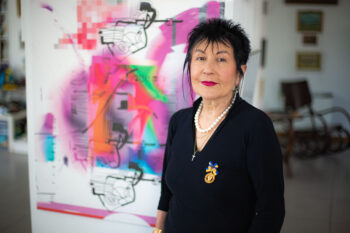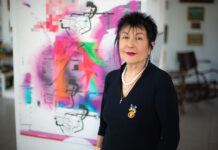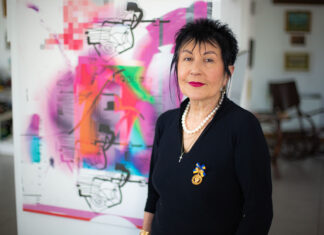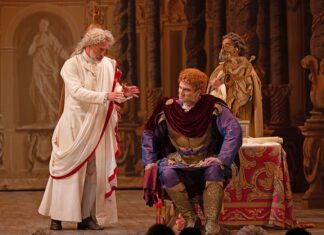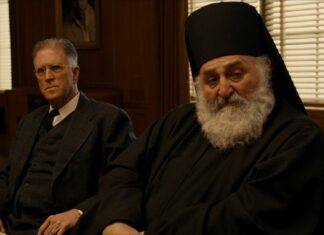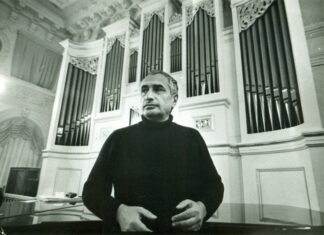By Hagop Vartivarian
BEIRUT — While still a 27-year-old youth, Armenian Democratic Liberal (ADL) Party member Parounag Tovmassian intended to found an organ for the ADL in Beirut. It was not possible to provide national leadership in Armenian Diasporan communities without a press, especially in a community like that of Lebanon, where the heart of the Armenian Diaspora still beat. The plan to have a newspaper was developed by ADL leader Mihran Damadian. However, the hero of Sasoun’s shank, broken during his years of revolutionary activity, became inflamed again, and the decay of the bone advanced, leaving him an invalid. The plan failed.
This time Tovmassian took on the initiative for its publication. He unceasingly applied to Cairo, to ADLer Vahan Tekeyan, to come and set the foundation of the new paper. More than simply asking, he actually pleaded that Tekeyan should give the newspaper the correct ideological orientation.
Finally Tovmassian received the following letter from Tekeyan: “As the situation has become a little more certain, I am able to declare that my presence there for two months is not impossible, on condition that Zartonk will be published by me. Although I desire it, I am afraid that it will not be of any use to once more advise you to weigh well the consequences of your decision. To start and stop quickly is a death blow for the future — under the best of circumstances, it would be possible to succeed.”
Bringing Zartonk to Life in Beirut
Vahan Tekeyan came to Beirut in the summer of 1937. They began the publication of Zartonk, renting two dark and damp rooms as its editorial headquarters.
